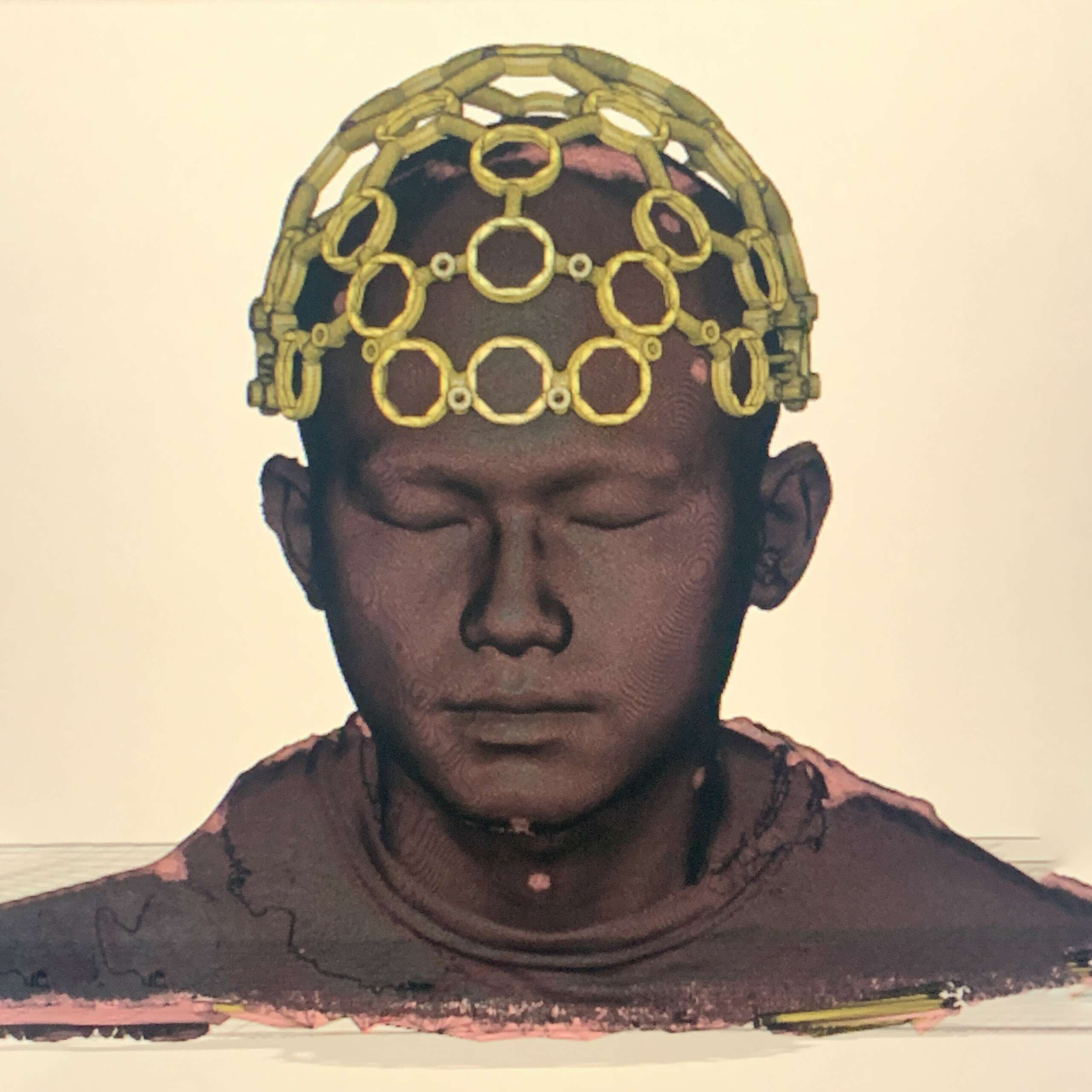We’re excited to introduce you to the always interesting and insightful Chengjun. We hope you’ll enjoy our conversation with Chengjun below.
Chengjun, looking forward to hearing all of your stories today. Can you talk to us about a project that’s meant a lot to you?
Consider this sentence: “Behind the wall of my backyard, there are two trees: one is a date tree, the other is also a date tree.” If we weren’t informed about the last part, we might assume the second tree is not a date tree. Although it wasn’t described, the logic of language suggests this. If both were date trees, it would have been described as if there were two date trees. This form of reasoning pervades our communication, often going unnoticed because it’s usually correct. Thus, our minds are subtly guided by language.
Growing up, I heard about many causes of conflict. The most common reason I heard is that the other side is evil and they don’t realize their mistake. The way to resolve conflicts seemed to be to force the evil side to realize their own mistakes. However, when I see people condemning each other in public, I often wonder if it’s really the other person’s character at fault, or if our methods of communication are to blame. I developed a show called “Destined Failure.” This show features five exhibits, each symbolizing a phase of communication: input, detection, symbolization, dictionary, interpretation, and output. They reproduce the experience of the problems and obstacles encountered in these phases. I suggest that reception serves as a filter, while comprehension depends on a symbolic system full of redundancies. Therefore, all interpretations are inevitably subject to deviation.
_Red Pyramid_ is an interactive sound device that raises awareness of sounds in our environment that we cannot perceive. By reacting to sound frequencies beyond the human hearing range, it illuminates the limits of human perception. The device serves as an auditory reminder that the world holds more than we’re able to sense or experience. It encourages individuals to acknowledge the existence of these unseen and unheard elements in their surroundings.
Still Landscape is a looping video that may seem like a static landscape photograph. However, it subtly changes over time, revealing our perceptual tendency to filter out less important information. The concept of change blindness is vividly demonstrated, suggesting that some valid information may never enter our conscious awareness. It encourages viewers to question the limitations of our perception and the biases in our judgements.
A Volume Lost in a Library is an interactive installation that uses sound to explore human perception and cognition. The installation emits different layers of sound, changing in response to audience interaction. The project delves into the idea that our understanding of the world is not merely a transition from sensation to perception, but influenced by past experiences. It suggests that symbolization and the interpretation of new experiences are influenced by what we have previously perceived and understood.
Is A Black Swan A False Swan? (Falseswan) is a zine project that examines the formation and evolution of symbols. Using the transformation of the word “swan” as an example, it explores how symbols change as society develops and new information emerges. The project further discusses the stages of symbolization, highlighting how symbols are created, modified, and sometimes abandoned, impacting our communication and knowledge.
A Blue Light is an installation involving a broken blue light among functioning red and green lights. The project explores how the same situation can be interpreted differently by different observers, leading to potential miscommunication. It examines how the interpretation of a statement can vary based on individual perspectives, highlighting the complexities of communication and perception.
Communication, despite being central to human interaction, is inherently flawed due to factors such as our individual biases, the redundancy of our symbolic system, and the subjectivity inherent in intersubjectivity. Our limitations in communication paradoxically define us as individuals and are fundamental to our existence. The process is often superficial and subject to authoritative control, yet understanding becomes possible when we escape from this cycle. Despite these challenges, effective communication can be achieved through mutual effort and learning, suggesting that successful communication is built on failures.
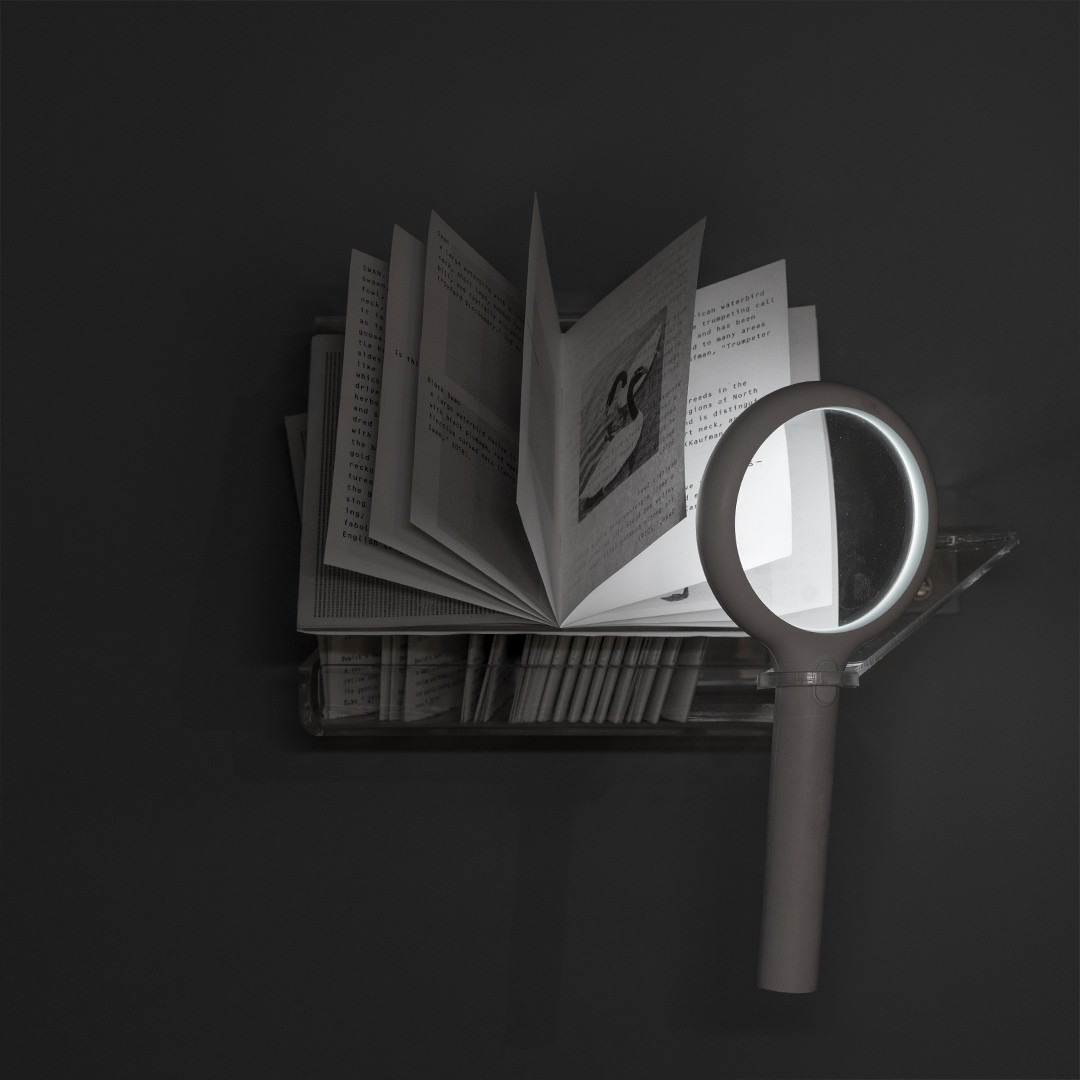
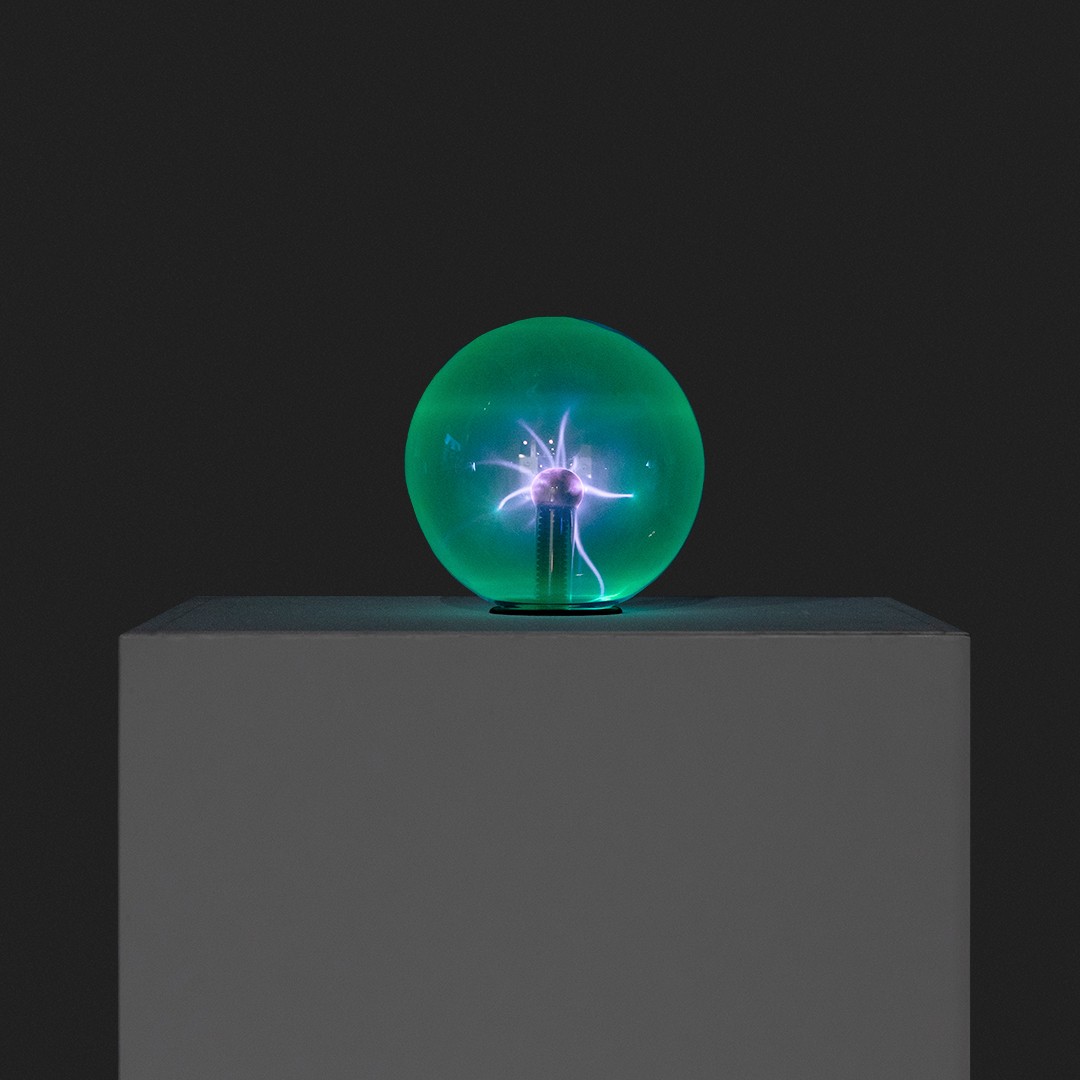
Chengjun, before we move on to more of these sorts of questions, can you take some time to bring our readers up to speed on you and what you do?
My name is Chengjun Pan, and I go by Sinistra. I am a multifaceted art practitioner and dedicated book maker. My educational journey led me to Art School where I earned my BFA and MFA. Initially, my career was rooted in photography, but my creative perspective evolved and expanded. I ventured beyond the realms of image creation, exploring various media without constraints. My current practice lies in art book making, a craft I am proud to be a part of with Unpress. Our commitment to complete delivery, thoughtful subject consideration, and material experimentation sets us apart. Despite our high costs attributed to low publication volumes, we refrain from compromising the quality of our publications. I invite you to visit our booth at the book fair; our books’ content will not disappoint you.

We’d love to hear your thoughts on NFTs. (Note: this is for education/entertainment purposes only, readers should not construe this as advice)
I actually created and released a set of NFTs in 2021. This project reflects my perspective on NFTs: “From shells to gold to the prevailing currency of today, all forms of money possess no inherent value. The value of money only exists in our shared belief. Our trust gives money its purchasing power. Money is not physical paper or a number in a bank, but a promise that it can be used to buy something. We exchange our labor or products for the promise that we can obtain the labor and products of others. When a crisis hits and there’s a shortage of household items like toilet paper, which can even be used as currency, we briefly escape from this illusion of power from the promise of currency.”
I created a set of digital images using JavaScript with Photoshop and then applied them to a 3D model of a toilet paper roll. I named it Toilet Currency. I intended its existence to be paradoxical; on one hand, it mocks the fact that money is no more valuable than toilet paper. But just like toilet paper can be made into currency, digital content, when minted as an NFT, can be traded as long as its value is recognized. Currently, my team and I are recreating this currency project. We aim to create both a physical entity and a virtual copy as NFTs.
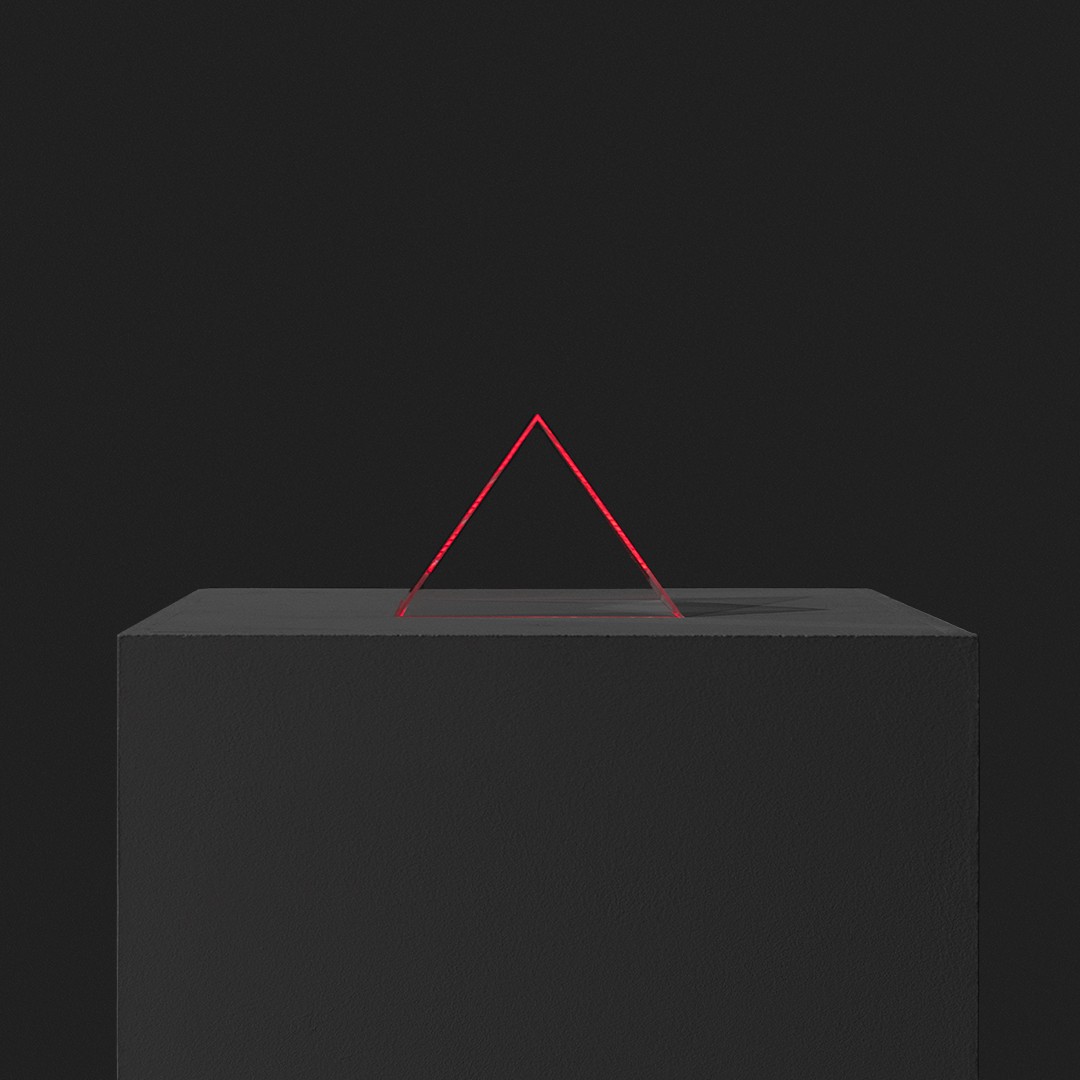
What can society do to ensure an environment that’s helpful to artists and creatives?
The best way to support an artist is by giving them your attention and taking their creations seriously. Another way to help is by consuming the art that you appreciate. Many artists face financial challenges, so if you can, attend local art events. This not only allows you to appreciate the artwork up close, but also provides the opportunity to support the artist financially by purchasing something you like.
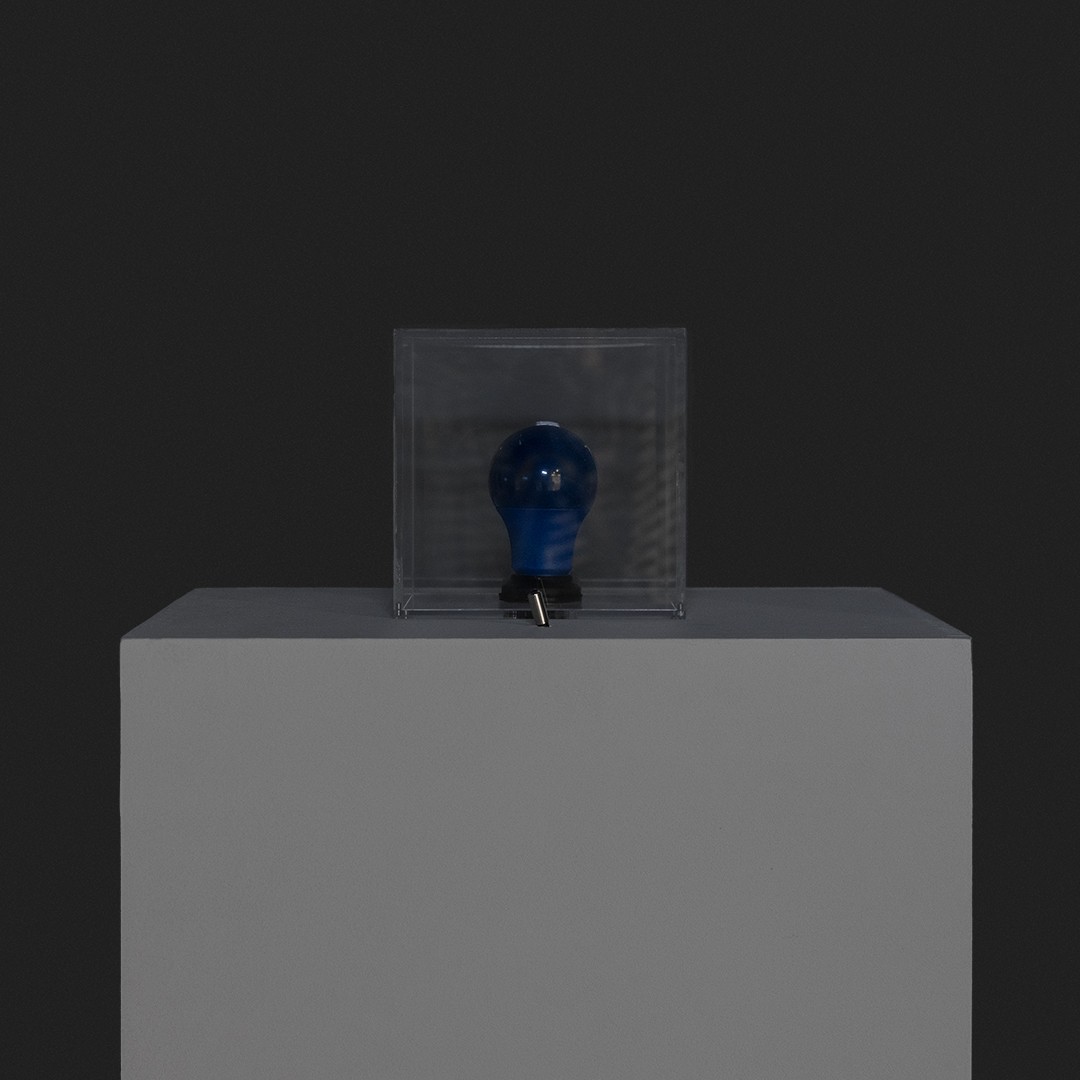
Contact Info:
- Website: sinistrapan.com
- Instagram: sinistrapan


